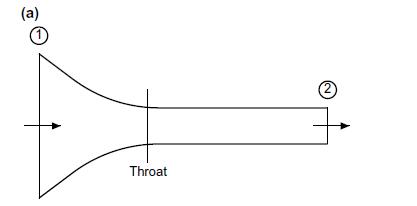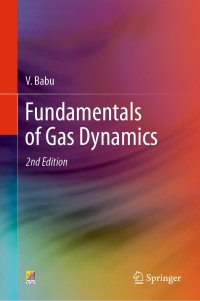A student is trying to design an experimental setup to produce a correctly expanded supersonic stream at
Question:
A student is trying to design an experimental setup to produce a correctly expanded supersonic stream at a Mach number of 2 issuing into ambient at 100 kPa. For this purpose, the student wishes to use a CD nozzle with the largest possible exit area. There is a 10 m3 reservoir containing air at 1 MPa and 300K available in the lab. The nozzle is connected to the reservoir through a settling chamber. The settling chamber is reasonably large and allows the stagnation pressure just ahead of the nozzle to be fixed at the desired value. Determine the largest possible exit area for the nozzle that will allow the student to run the experiment continuously for at least 15 minutes. Neglect frictional losses in the pipes and assume that the temperature of the air remains constant ahead of the nozzle.
What is the stagnation pressure required to run the nozzle described in the previous question at the desired Mach number?
What is the stagnation pressure required if the nozzle discharges into a duct (Fig. 6.11a) instead of directly into the ambient? Assume that the duct discharges into the ambient and that there is a normal shock standing at the duct exit. Neglect frictional loss in the duct.
Fig. 6.11a

If a supersonic diffuser is now connected to the end of the duct to diffuse the air to ambient pressure (thereby eliminating the normal shock), what is the stagnation pressure required to drive the flow?
Step by Step Answer:






